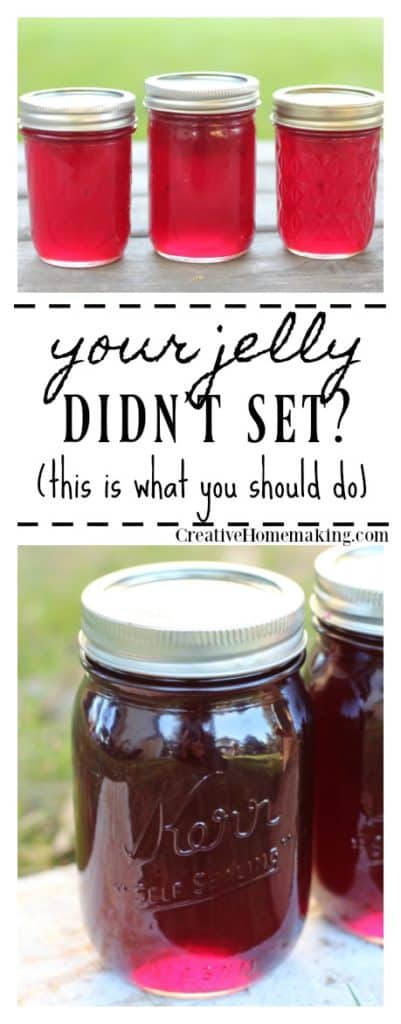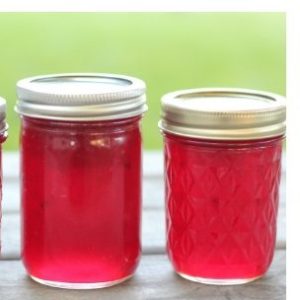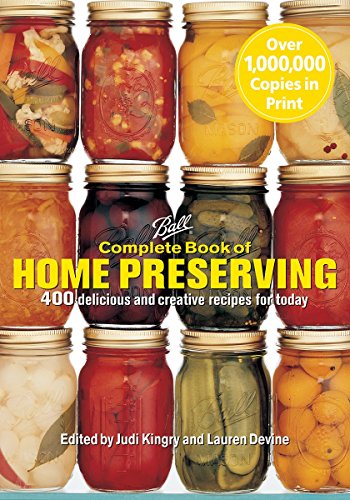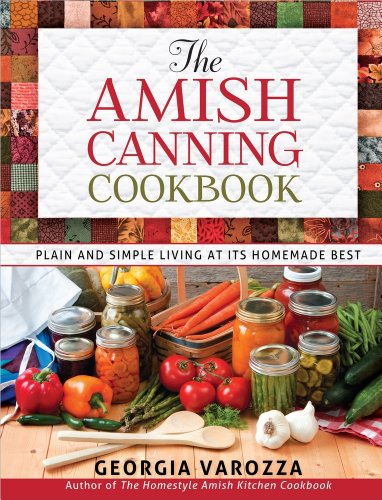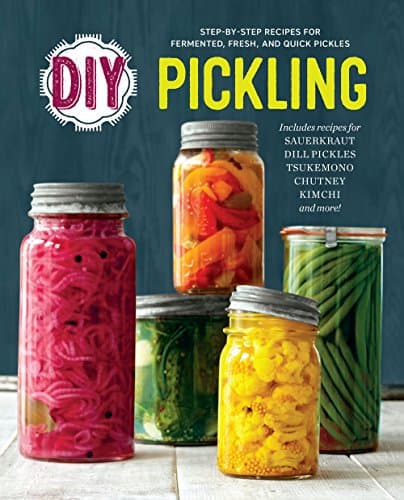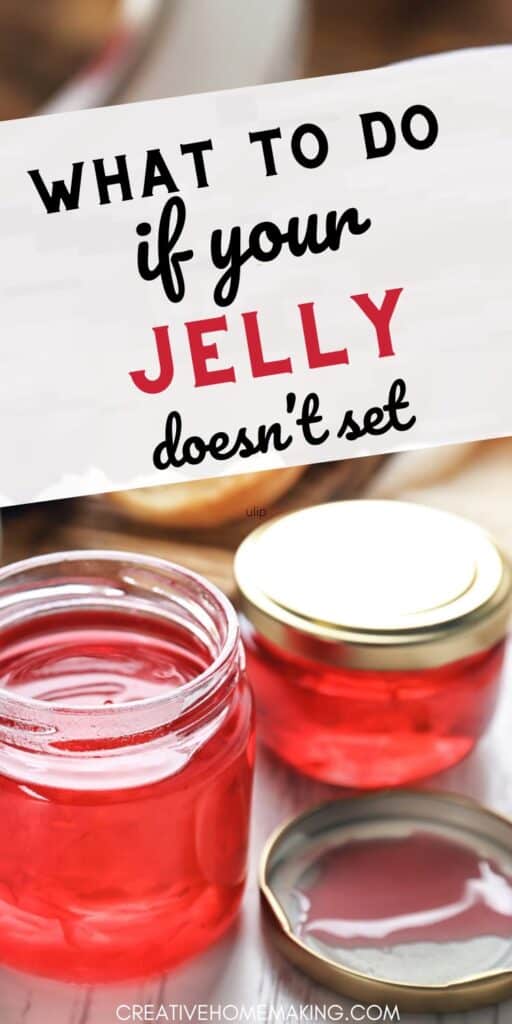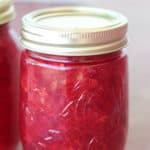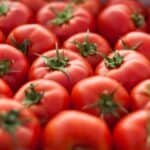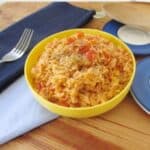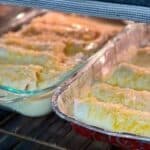How to Remake Jelly that Didn’t Set
This post may contain affiliate links.
There is almost nothing more frustrating during canning than when your jelly will not set. When you’re jelly doesn’t set you may be tempted to just throw it out, but don’t, you can fix it.
Yes, you can re-cook it! Measure jelly to be recooked. Work with no more than 4 to 6 cups at a time. Here is how to fix your jelly that didn’t set.
Ball Complete Book of Home Preserving The Amish Canning Cookbook: Plain and Simple Living at Its Homemade Best
The Amish Canning Cookbook: Plain and Simple Living at Its Homemade Best DIY Pickling: Step-By-Step Recipes for Fermented, Fresh, and Quick Pickles
DIY Pickling: Step-By-Step Recipes for Fermented, Fresh, and Quick Pickles
How to Remake Jelly With Powdered Pectin
For each quart of jelly, mix ¼ cup sugar, ½ cup water, 2 tablespoons bottled lemon juice, and 4 teaspoons powdered pectin. Bring to a boil while stirring.
Add jelly and bring to a rolling boil over high heat, stirring constantly. Boil hard ½ minute. Remove from heat, quickly skim foam off jelly, and fill sterile jars, leaving ¼-inch headspace. Adjust new lids and process as recommended in Table 1.
How to Remake Jelly With Liquid Pectin
For each quart of jelly, measure ¾ cup sugar, 2 tablespoons bottled lemon juice, and 2 tablespoons liquid pectin. Bring jelly only to boil over high heat, while stirring.
Remove from heat and quickly add the sugar, lemon juice, and pectin. Bring to a full rolling boil, stirring constantly. Boil hard for 1 minute. Quickly skim off foam and fill sterile jars, leaving ¼-inch headspace. Adjust new lids and process as recommended in Table 1.
How to Remake Jelly Without Added Pectin
For each quart of jelly, add 2 tablespoons bottled lemon juice. Heat to boiling and boil for 3 to 4 minutes. To determine if the jelly is done, take the temperature of the jelly with a candy or jelly thermometer.
When done, the temperature of the jelly should be 220°F, 8°F above the boiling point of water, if you are at sea level. NOTE: For each 1000 feet of altitude above sea level, subtract 2 degrees F. For instance, at 1,000 feet of altitude, the jelly is done at 218°F; at 2,000 feet, 216°F, etc.
Remove from heat, quickly skim off foam, and fill sterile jars, leaving ¼-inch headspace. Adjust new lids and process as recommended in following table.
This document incorporates information from the “Complete Guide to Home Canning,” Agriculture Information Bulletin No. 539, USDA (Revised 2009) and information available from the National Center for Home Food Preservation.
Related Jelly Recipes
- Apricot Jelly
- Blackberry Jelly
- Watermelon Jelly
- Chokecherry Jelly
- Rootbeer Jelly
- Mountain Dew Jelly
- Pear Jelly
- Mint Jelly
- Dandelion Jelly
